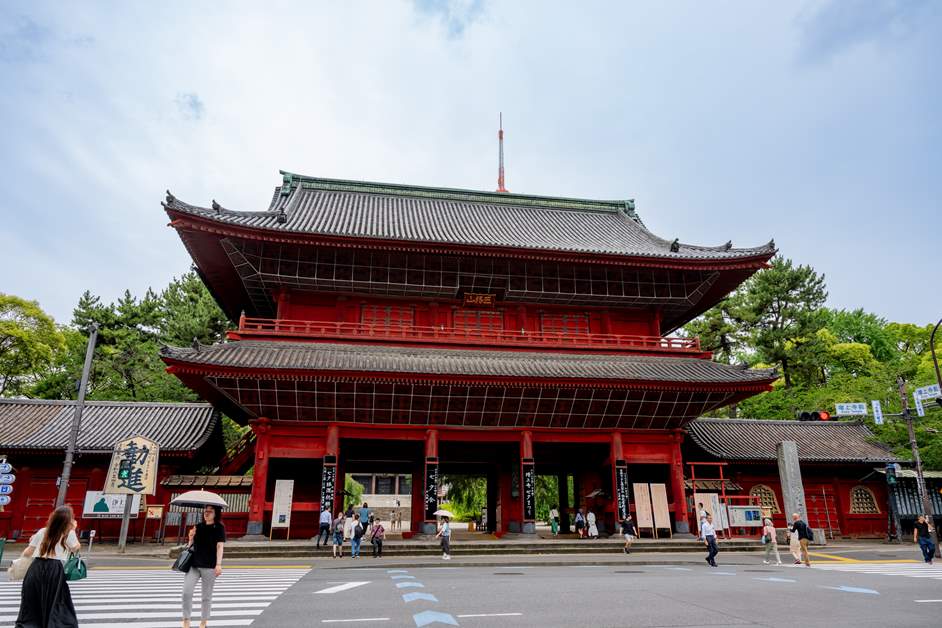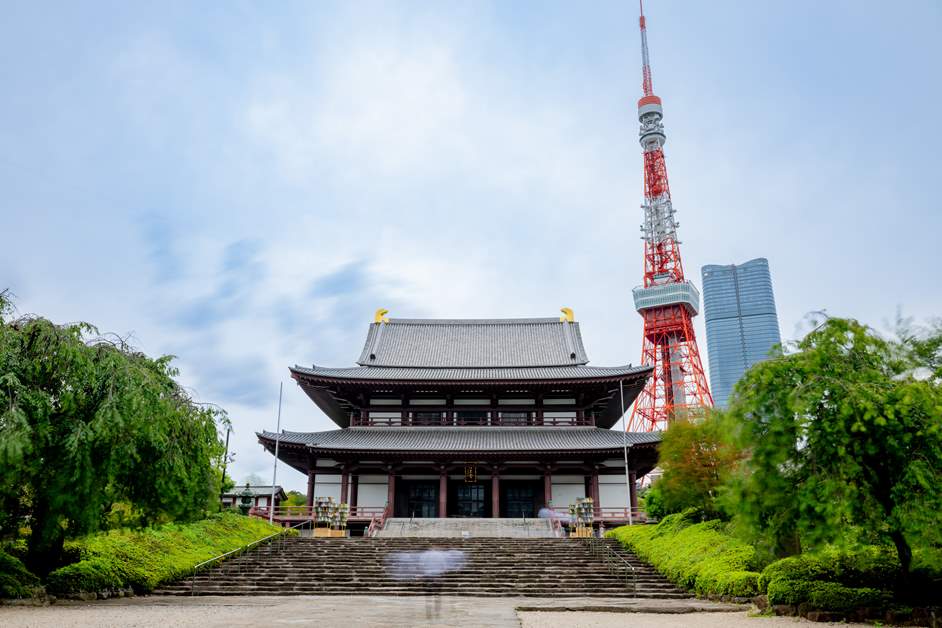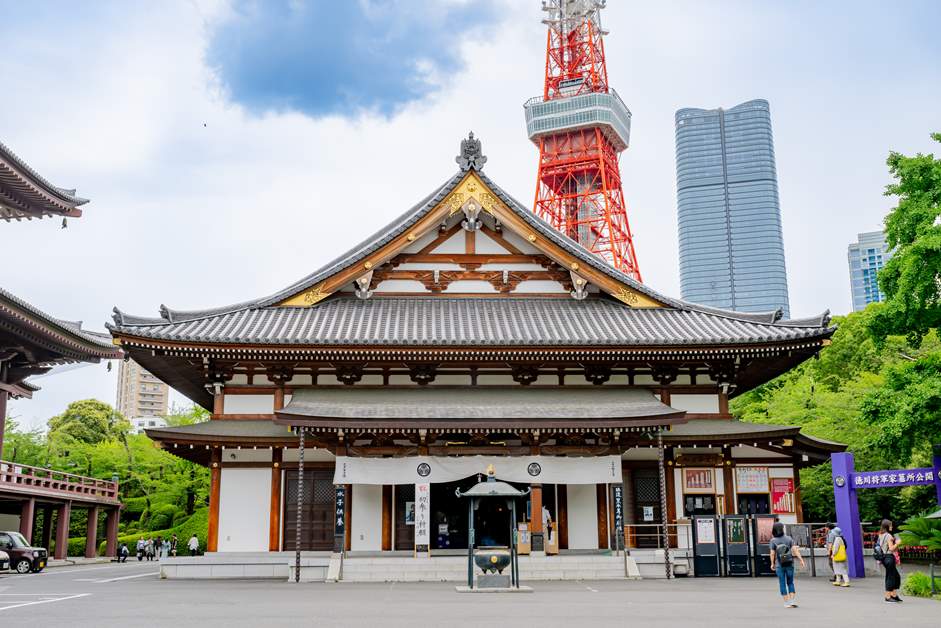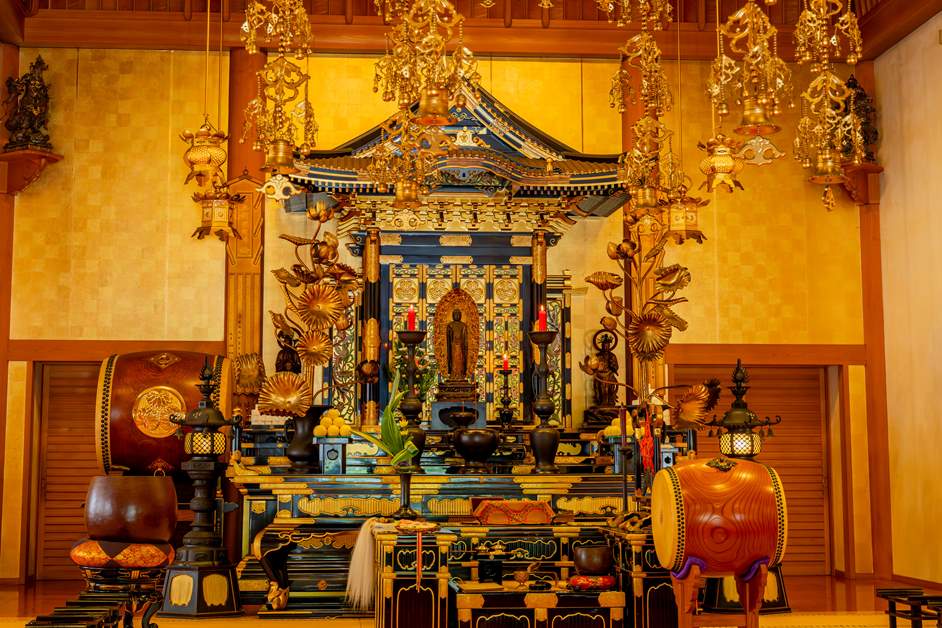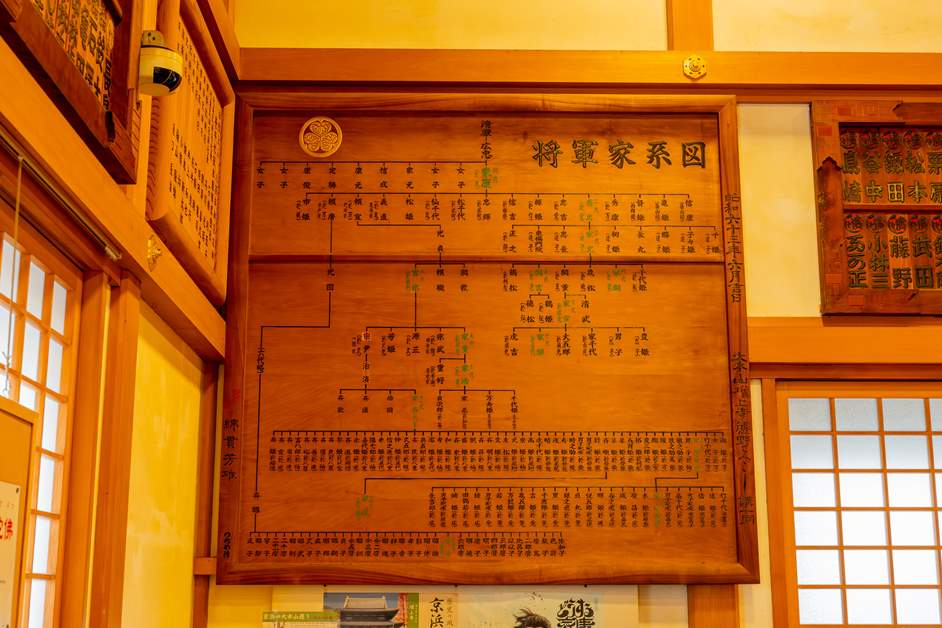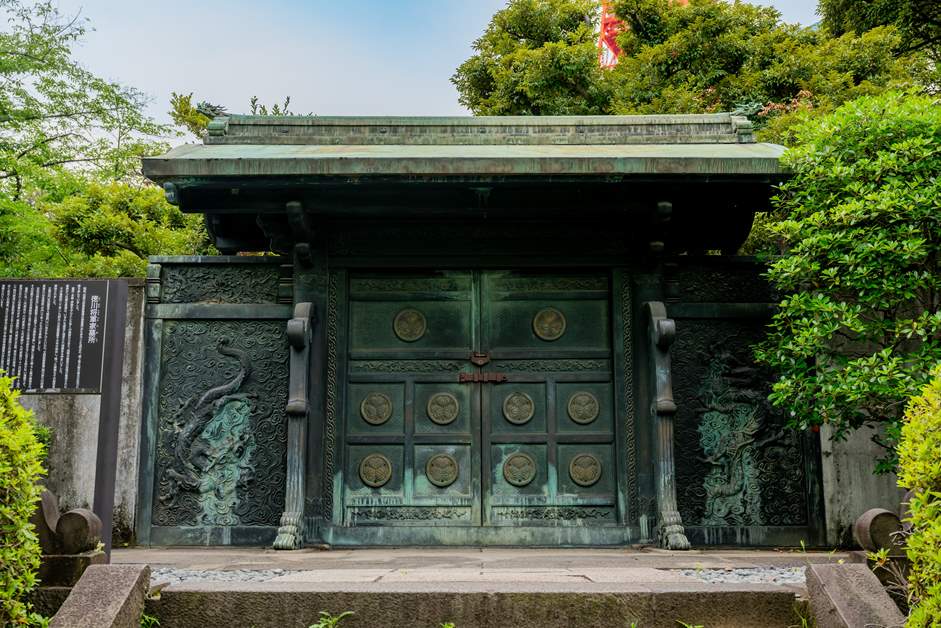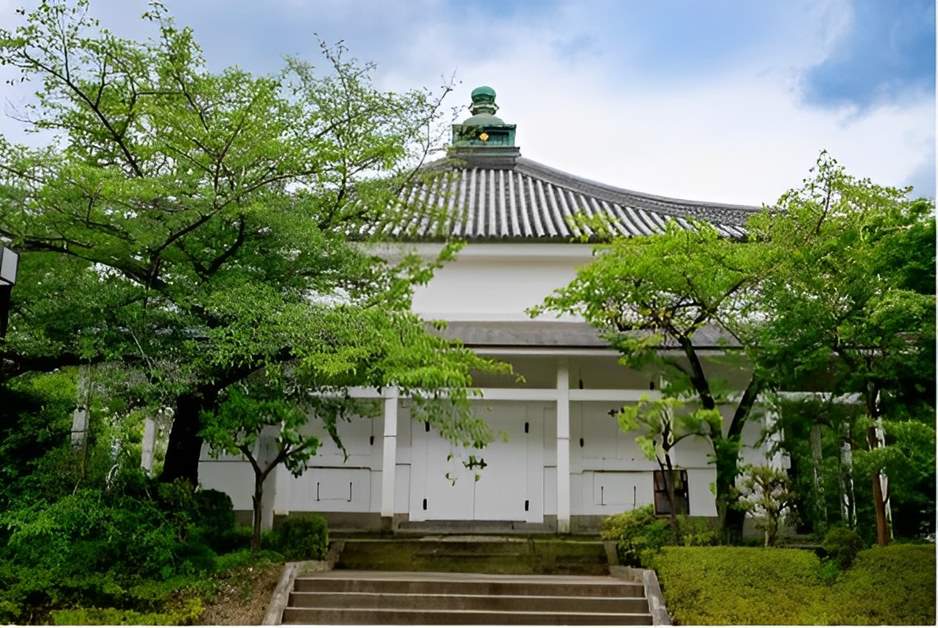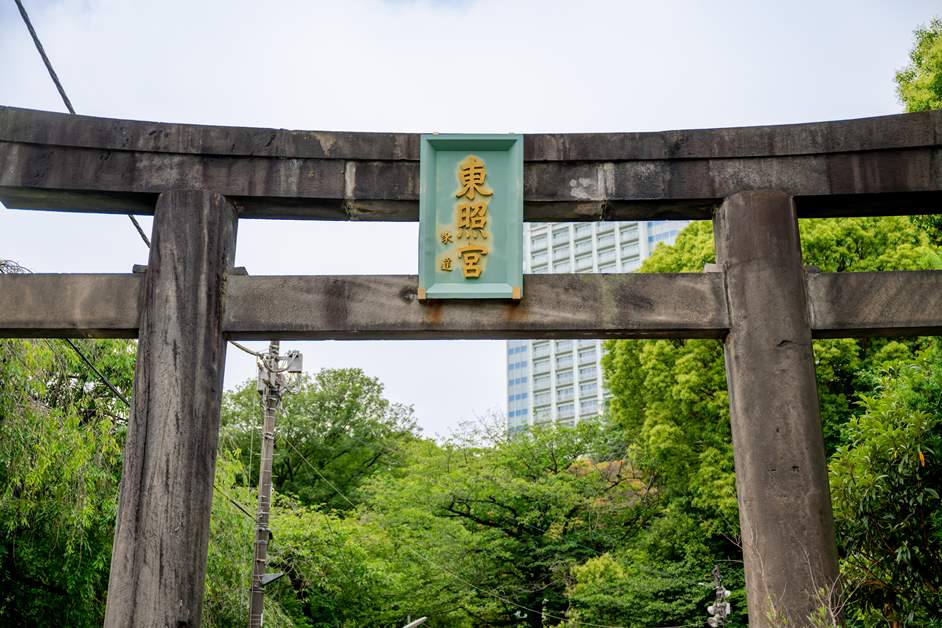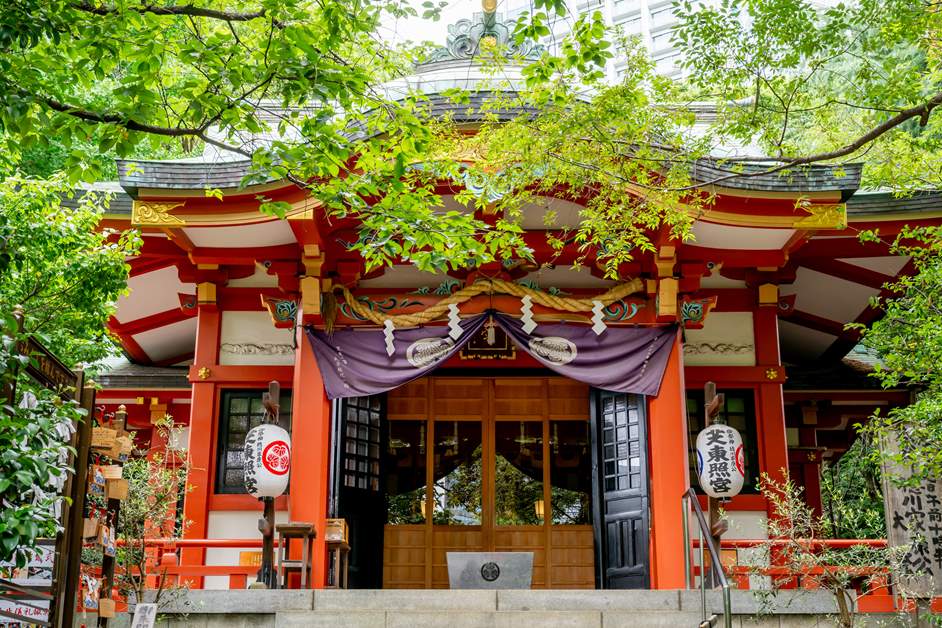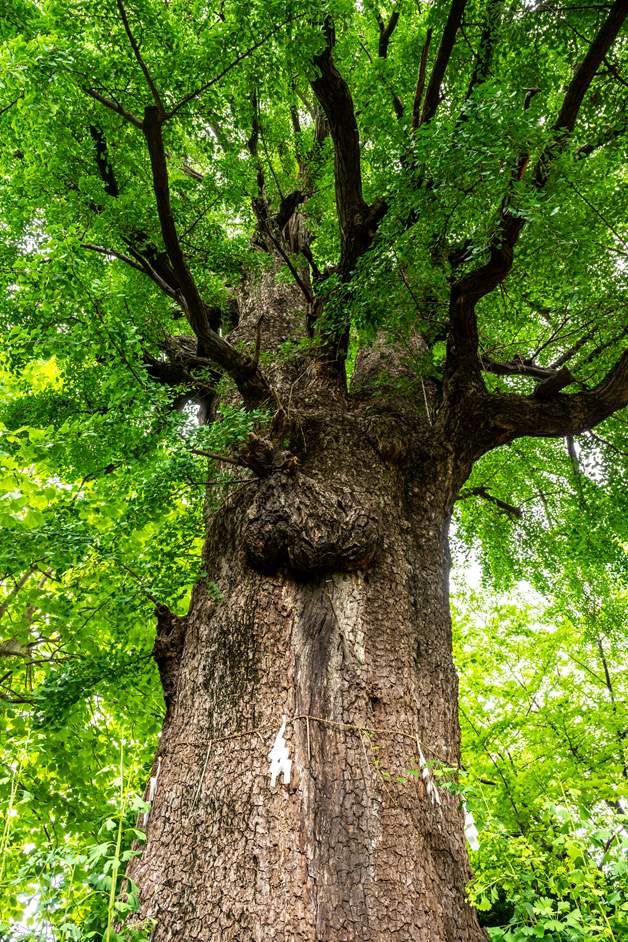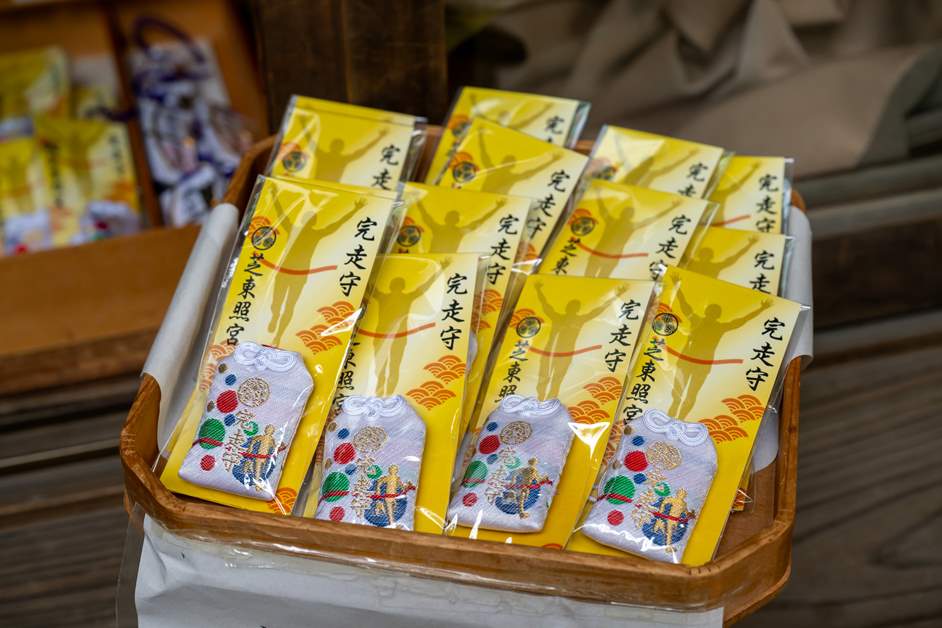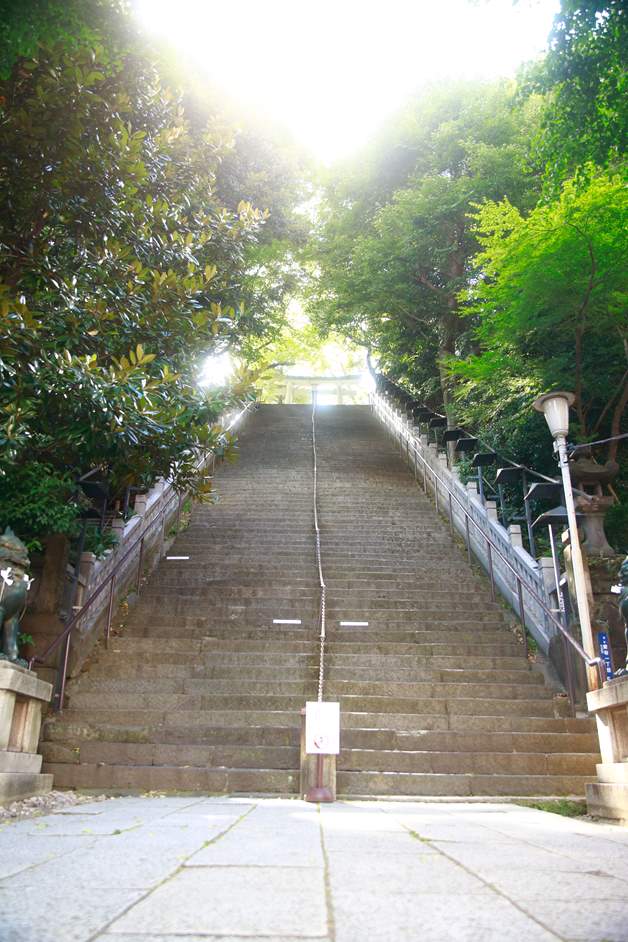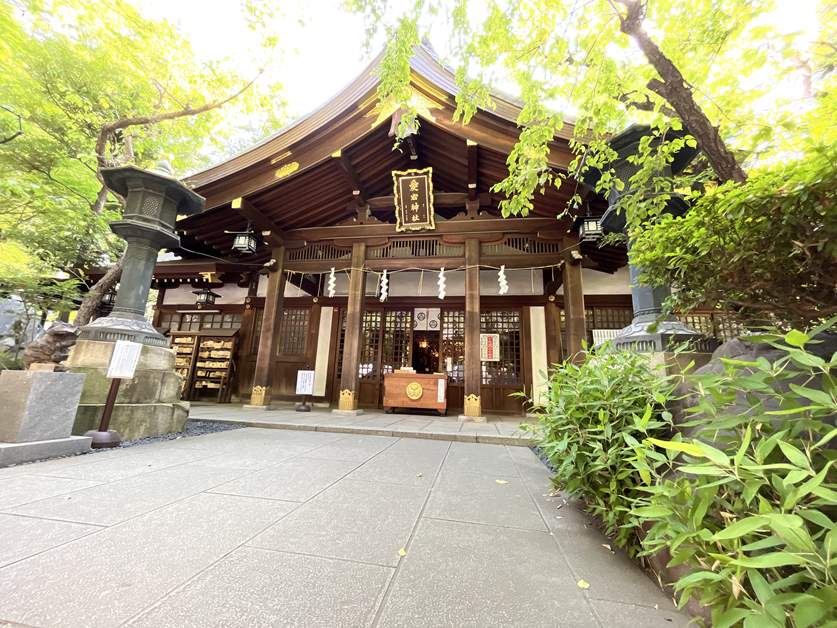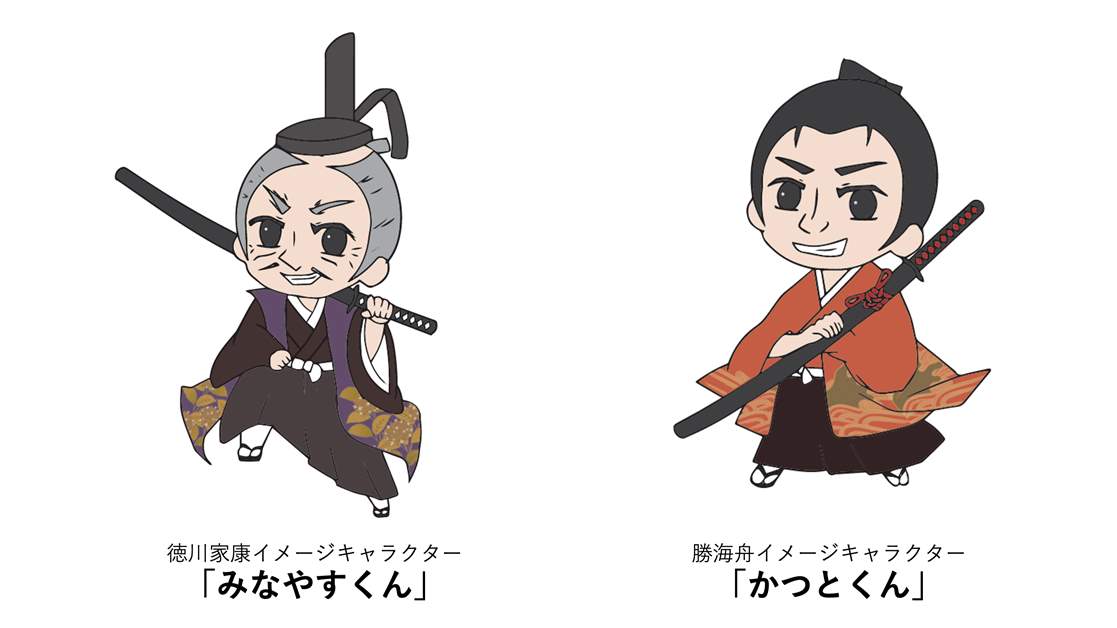Popular in historical TV drama series! Have a casual walk around spots related to Tokugawa Ieyasu
At present, there is a historical TV drama series being broadcast on NHK called "Dousuru Ieyasu" (lit. What Will You Do, Ieyasu?), which shows the life of Tokugawa Ieyasu. The drama featues places that were key during turning points in Lord Ieyasu's life, in addition to symbolic places. There are actually some of said places related to Lord Ieyasu scattered around Minato City. In tribute to the drama, we visited these places with Lord Ieyasu, who founded the Tokugawa Shogunate, in mind.
Visiting Zojoji Temple, the Tokugawa Shogun family's Bodaiji Temple (family temple)
Zojoji Temple in Minato City's Shiba Park is known as the Tokugawa Shogun family's Bodaiji Temple (family temple). In 1590, Lord Ieyasu had an affinity with the priest and temple master at the time, Genyo Zonno, with Zojoji Temple becoming the family temple of Ieyasu in the Edo Period. The Sangedatsu Gate along Hibiya-dori Avenue is the entrance and symbol of Zojoji Temple. With the aid of the Tokugawa Shogunate, this vermilion-colored main gate was constructed by Shogunate master carpenter Nakai Masakiyo and his subordinates. The current gate was reconstructed in 1622.
The great hall that passes around the Sangedatsu Gate has come into view. This is one of the largest of its kind in the capital region, with many kinds of rituals and ceremonies taking place here. It is an excellent photo spot that is in harmony with the nearby Tokyo Tower, and you can find many people with their cameras here.
Under the great hall, you will find the Zojoji Temple Treasure Exhibition Room that has treasures owned by the temple on display. This exhibition room was opened in 2015 to commemorate the 400th anniversary of the passing of Lord Tokugawa Ieyasu. It will be closed until late December 2023 for earthquake resistance construction works on the great hall.
<Image: Collection of Zojoji Temple>
Ankokuden Prayer Hall is located next to the main hall and was named after the posthumous Buddhist name of Lord Ieyasu, Ankokuinden Tokurenshasuyotowadaikoji.
The small kurohonzon (black Buddha) statue of Amitabha that Lord Ieyasu is said to have carried with him at all times, whether he was at war, or even when he slept, is enshrined here. As such statues are rarely shown to the public, a replacement lookalike is usually here instead. The actual article is on display three times per year, on the 15th of January, May, and September.
In Ankokuden Prayer Hall, where black Buddhas that are venered for their good luck and ability to ward off evil are enshrined, you will also find the family tree of the Shogunate family.
The Tokugawa Shogunate family cemetery is located to the rear of Ankokuden Prayer Hall. Zojoji Temple and Toeizan Kaneiji Temple in Ueno are the family temples of the Tokugawa Shogunate family, which each enshrining six of the former shoguns. Those buried at the Tokugawa Shogunate family cemetery at Zojoji are the Lord Hidetada, the second shogun; Lord Ienobu, the sixth shogun; Lord Ietsugu, the seventh shogun; Lord Ieshige, the ninth shogun; Lord Ieyoshi, the twelfth shogun; and Lord Iemochi, the fourteenth shogun.
The scripture house on the south side of the precinct was constructed with the aid of the Tokugawa Shogunate. This scripture house preserves the Son, Gen, and Korai editions of the Tripitaka scriptures donated to Zojoji Temple by Lord Ieyasu.
The precinct is vast with an abundance of nature. You can pay your respects at the temple, which evokes thoughts of Lord Ieyasu. According to Mr. Yukitoshi Yokokawa of the Temple Visiting Department of Zojoji Temple, it is best to stand in front of the Amitabha statue and put one's hands together and, if possible, chant ""Namu Amida Butsu"".
Daihonzan Zojoji
4-7-35 Shiba Koen, Minato-ku, Tokyo
https://www.zojoji.or.jp/
Visiting Hours: 6:00~17:30
Daihonzan Zojoji
4-7-35 Shiba Koen, Minato-ku, Tokyo
https://www.zojoji.or.jp/
Visiting Hours: 6:00~17:30
Large gingko trees at Shiba Toshogu Shrine where Lord Ieyasu is enshrined
On the premises Zojoji Temple and Shiba Park lies Shiba Toshogu Shrine, where Lord Tokugawa Ieyasu is made an enshrined deity. Shiba Park is part of the premises of Zojoji Temple, and Shiba Toshogu Temple was constructed in 1617. The precinct is rich in greenery, and despite being in the middle of the city, allows visitors to take in a quiet, solemn atmosphere.
Shiba Toshogu Shrine has a life-sized statue of Lord Ieyasu that he himself ordered to be constructed. It is visited by many as a god of good luck. In addition to Shinto-style weddings, this is also a spot for photos during important ceremonies during one's life, such as a baby's first shrine visit, the Shichi-Go-San festival, etc.
The large towering gingko tree in the precinct is a sacred tree and a symbol of Shiba Toshogu Shrine. It is said it was planted in 1641 by the third shogun, Lord Iemitsu. The tree is now over 380 years old and, according to a survey in 1993, it stands at a height of 21.5m, with a trunk circumference of 6.5 at eye height and 8.3m at its roots.
At the booths, many kinds of blessings, amulets, and charms can be bought, including those for traffic safety, long life, and health. The "run completion charm" with its signature marathon runner image has a blessing of "not giving up until the very end" within it.
Shiba Toshogu Shrine is popular as something of an oasis within the city. A large festival is held on 17th April when the cherry blossoms are in full bloom and other monthly festivals on the 17th of every month. Lord Iemitsu planted cherry blossoms, Japanese plum trees, and maple trees within the precinct in addition to gingko trees, so you can enjoy different scenery in each and every season.
Go up the Stone Steps of Career Success and visit Atago Shrine, which was built under the order of Lord Ieyasu
Atago Shrine, located at the top of Mt. Atago in 1 Atago, Minato-ku, was constucted under the order of Lord Tokugawa Ieyasu in 1603 to enshrine the god of fire prevention. In order to reach the shrine, one must go the torii gates and climb stone steps.
Standing at a height of 26m, Mt. Atago is the highest natural mountain within the 23 wards of Tokyo and was once referred to as Mt. Sakurada before the construction of Atago Shrine. The stairs are known as the "Stone Steps of Career Success" likened to the historical event of Magaki Heikuro climbing said steps on his horse under the order of the third shogun, Lord Iemitsu.
At the top of the mountain, there are the "shogun plum" blossoms that Heikuro presented to Lord Iemitsu after climbing the stone steps. It is said that some people climb the Stone Steps of Career Success and pay their respects at the shrine before going to work.
The main enshrined deity, Homusubikoto (Kagutsuchi) is enshrined in the shrine pavilions at the top of the mountain. The shrine has been burned down a few times in the past, such as during the Great Fires of Edo, the Great Kanto Earthquake, and the Great Tokyo Air Raids, with the current shrine pavilions having been reconstructed in 1958.
With the increase in inbound tourism, the number of foreign tourists in Minato City is also increasing. There are a great number of visitors at Atago Shrine each day, too. We asked Yuriko Matsuoka, the senior priestess of the shrine, about manners when visiting the shrine.
Ms. Matuoka says "the shrine isn't a park, it's a sacred place where a god resides, so please keep a little spirit of reverence in mind as you climb the stone steps and take in the pure air within the precinct. As for people's manners, just remember to first bow twice, then clap twice, then finally bow once more as you visit the shrine". It's best to stay well mannered when you visit the shrine to avoid being rude to the god.
The precincts of the shrine, which are home to an abundance of nature, are also a treasure trove of small animals such as snakes, lizards, and geckos. You can also find cats enjoying a peaceful nap here.
The precincts of Atago Shrine, now celebrating 420 years since its construction, are currently under construction with the purpose of preserving the nature and culture on the site. When planning a visit, please check the Atago Shrine website in advance.
As the saying "fires and quarrels are what invigorates Edo" goes, fires often broke out in Edo. Atago Shrine was ordered to be built by Lord Ieyasu to protect the town of Edo from fires, and it still continues to carry out this mission from Mt. Atago today. Why not come and experience the nature and history where Lord Ieyasu's vision took form in the shape of Atago Shrine.
Now holding a digital quiz rally about Lord Ieyasu and Katsu Kaishu!
The historical sightseeing PR character was created in collaboration with students from the Fashion Design, Arts and Crafts Department of Toita Women's College.
In view of the bloodless surrender of Edo Castle during the final years of the Tokugawa Shogunate, talks between Katsu Kaishu and Saigo Takamori took place at Mt. Atago. This year marks 200 years since the birth of Katsu Kaishu, one of the most famous people to be linked to Minato City and one who had built a residence for himself here. In Minato City, the ""Digital Quiz Rally Visiting the Places Related to Tokugawa Ieyasu and Katsu Kaishu"" will be held until 1st October 2023. For details, please see the website below.
<Digital Quiz Rally Visiting the Places Related to Tokugawa Ieyasu and Katsu Kaishu>
https://www.city.minato.tokyo.jp/kankouseisakutan/rekishi2023/character.html
<Digital Quiz Rally Visiting the Places Related to Tokugawa Ieyasu and Katsu Kaishu>
https://www.city.minato.tokyo.jp/kankouseisakutan/rekishi2023/character.html





